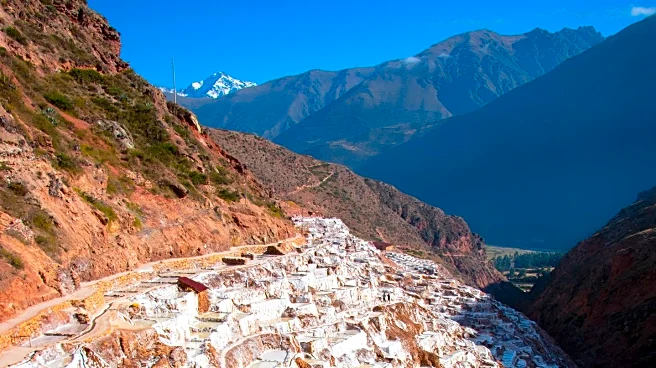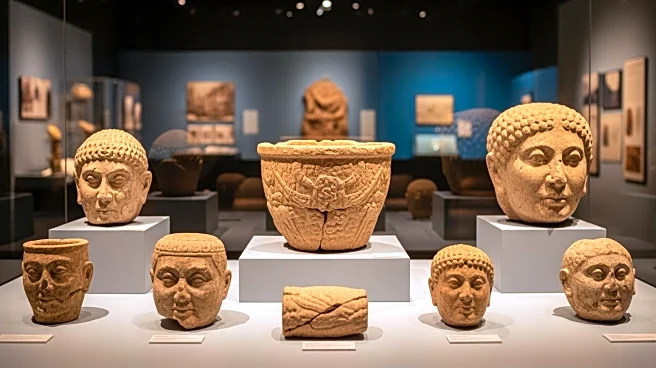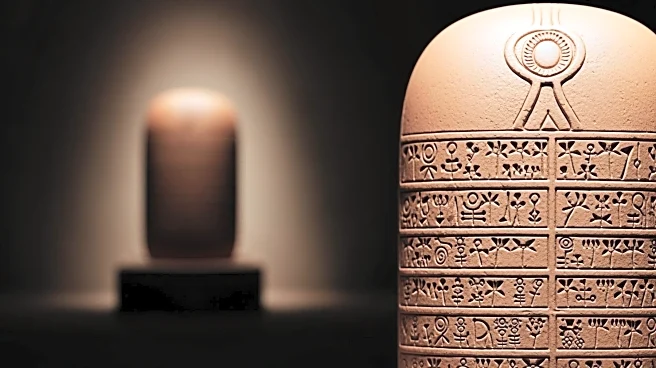What's Happening?
A new study has revealed that Peru's Band of Holes, a series of thousands of indentations in the foothills of the Andes, served as a marketplace and later as Inca accounting infrastructure. Researchers
used drone imaging and microbotanical analyses to find maize and reed residues, supporting the site's use for barter and storage. The segmented arrangement of the holes is linked to quipu structures, suggesting a hierarchical decimal taxation system under Inca rule. The study challenges previous theories about the site's purpose, providing archaeological evidence to support its historical significance.
Why It's Important?
The study offers new insights into the economic and social practices of ancient Peruvians, highlighting the role of the Band of Holes in trade and taxation. Understanding the site's function provides valuable information about the Chincha Kingdom and its integration into the Inca Empire. The research contributes to the broader field of archaeology, emphasizing the importance of using advanced technology to uncover historical truths. The findings may influence future studies on pre-Hispanic societies and their economic systems, offering a deeper understanding of cultural heritage.
What's Next?
Researchers plan to conduct further excavations and analyses to explore the Band of Holes' historical context and its role in Inca society. The study's findings may lead to collaborations with local communities to preserve and promote the site's cultural significance. Future research may focus on comparing the Band of Holes with other archaeological sites to understand regional variations in economic practices. The study's implications for understanding ancient trade and taxation systems may influence educational programs and heritage conservation efforts.
Beyond the Headlines
The research highlights the importance of challenging pseudo-archaeological narratives with scientific evidence, ensuring accurate representation of indigenous knowledge. The study underscores the ethical considerations of preserving cultural heritage and respecting local traditions. The use of advanced technology in archaeology demonstrates the potential for uncovering historical truths and promoting cultural understanding.











